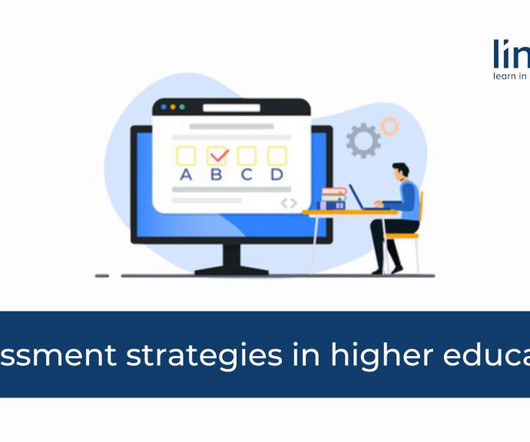Can We Design Online Learning Platforms That Feel More Intimate Than Massive?
Edsurge
JULY 9, 2018
They know that when it comes to learning and productivity, space matters. An entire graduate course at Stanford University explores the principles for designing spaces that support learning. Yet most of our energy has been focused on designing physical learning spaces, even as more teaching and learning shifts online.


































Let's personalize your content